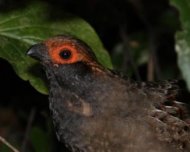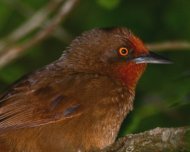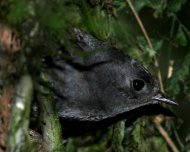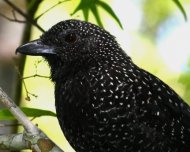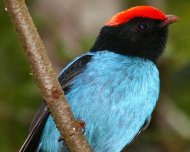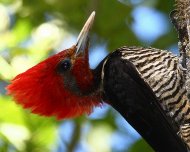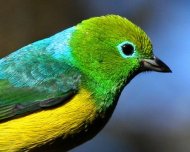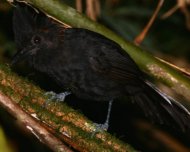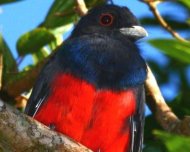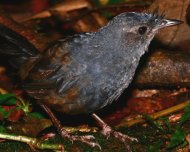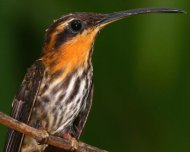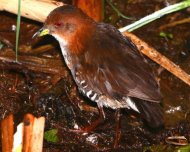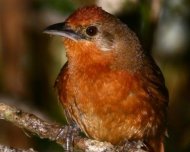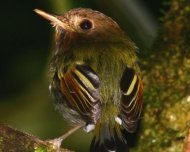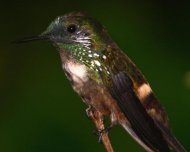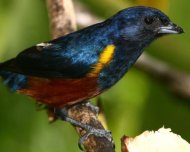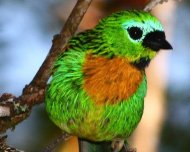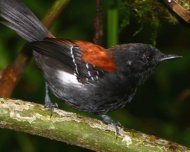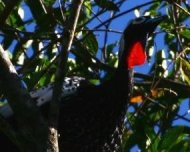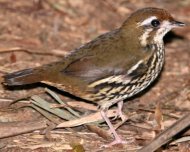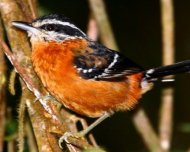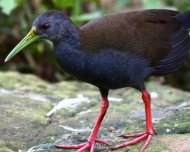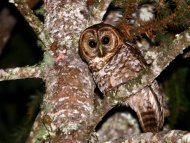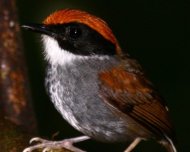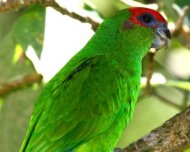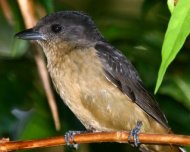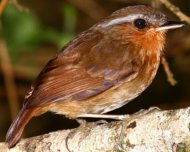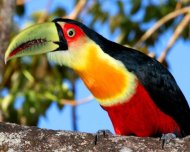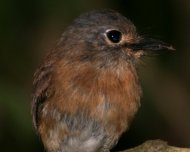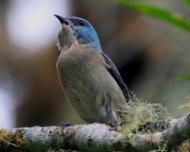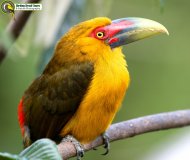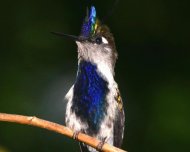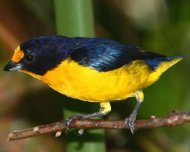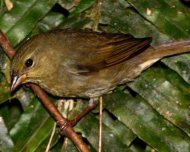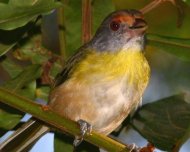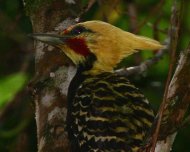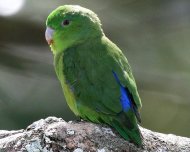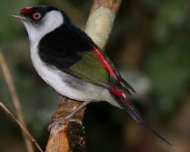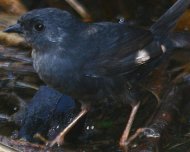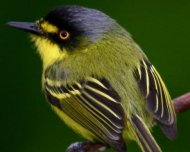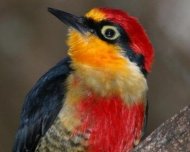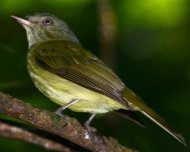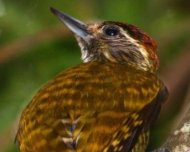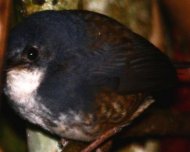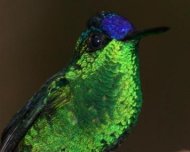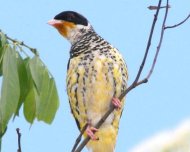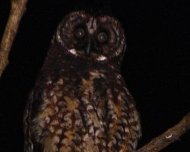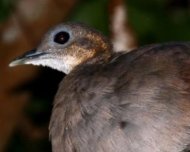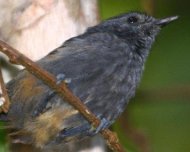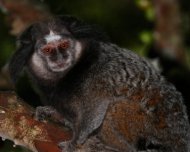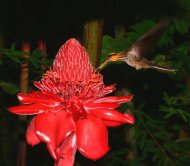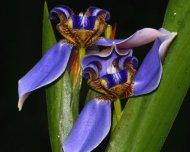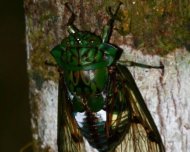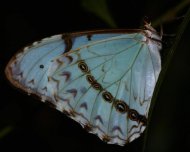Birding Brazil Tours & Nature Photography
Atlantic Forest

Now designated as a World Biosphere Reserve, is a complex region of tropical and subtropical rainforest, tropical dry forest, tropical savanna, semi deciduous and mangrove forests. Extends along the Atlantic coast of Brazil from Rio Grande do Norte state in the north to Rio Grande do Sul state in the south from sea level up into mountain cloud forest Serra do Mar mountains with 2000 m peaks. The Atlantic Forest currently spans over 4000km2 along the coast of Brazil and is characterized by high density and an enormous biodiversity. Long isolated from other major rainforest blocks in South America, the Atlantic Forest has an extremely diverse and unique mix of vegetation and forest types causing an endemic hotspot containing the highest number of endemic bird species in the World (over 160 species)! Including the likes of Solitary Tinamou, Red-billed Curassow, Black-throated Piping-Guan, White-necked Hawk, Red-tailed and Blue-bellied Parrot, Golden-capped, Jandaya and Blue-throated Parakeet, Long-trained Nightjar, Brazilian Ruby, Saw-billed and Minute Hermit, Three-toed Jacamar, Crescent-chested Puffbird, Yellow-eared Woodpecker, Striated Softail, Orange-eyed and Orange-breasted Thornbird, White-collared Foliage-gleaner, White-bearded Antshrike, Rufous-backed Antvireo, Black-hooded and Star-throated Antwren, Rufous-tailed, Ferruginous, Ochre-rumped, Squamate and White-bibbed Antbird, Cryptic Antthrush, Black-cheeked Gnateater, White-breasted Tapaculo, Slaty and Stresemann's Bristlefront, Black-and-gold, Swallow-tailed, Banded Gray and White-winged Cotinga, Hooded and Black-headed Berryeater, Buff-throated Purpletuft, Pin-tailed and Eastern Striped Manakin, Weid's and Serra Tyrant-Manakin, Fork-tailed Pygmy-Tyrant, Atlantic Royal Flycatcher, Serra do Mar, Oustalet's and Restinga Tyrannulet, Kaempfer's , Hang-nest and Eye-ringed Tody-Tyrant, Yellow-lored Tody Flycatcher, Velvety Black-Tyrant, Gray-hooded Attila, Cherry-throated, Black-backed, brassy-breasted, Rufous-headed and Gilt-edged Tanager, Black-legged Dacnis, Bay-chested Warbling- finch and Half-collared Sparrow and many more near endemics. Check out our selection of tour photos below!
ITINERARY SUGGESTIONS FOR AN OPEN OR CUSTOMIZED TOUR:
Itinerary 1: 15 days covering São Paulo and Rio de Janeiro; route Intervales State Park - Coastal Ubatuba - Guapiaçu Ecological Reserve - Itatiaia National Park.
Itinerary 2: 14 days covering São Paulo and Espírito Santo visiting Intervales State Park - Coastal Ubatuba - Santa Teresa - Linhares.
Itinerary 3: 07-10 days covering São Paulo visiting Intervales State Park & Coastal Ubatuba.
Itinerary 4: 05-07 days in Rio de Janeiro at Itatiaia National Park.
Itinerary 5: 04 days in Santa Catarina at Volta Velha Reserve (restinga forest).
Itinerary 6: 10 days in Espírito Santo covering Santa Teresa and Linhares (Espírito Santo Hummingbird Bonanza tour)
